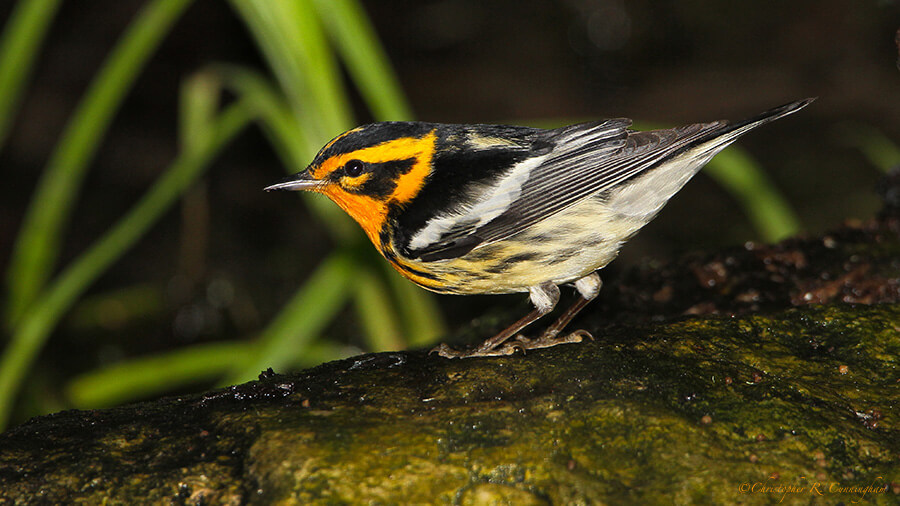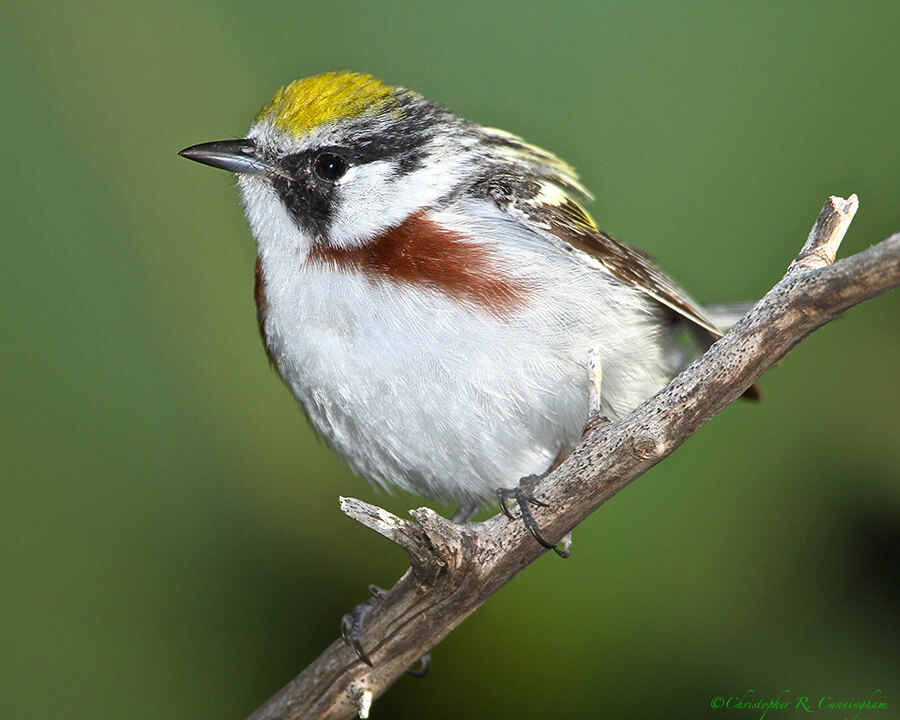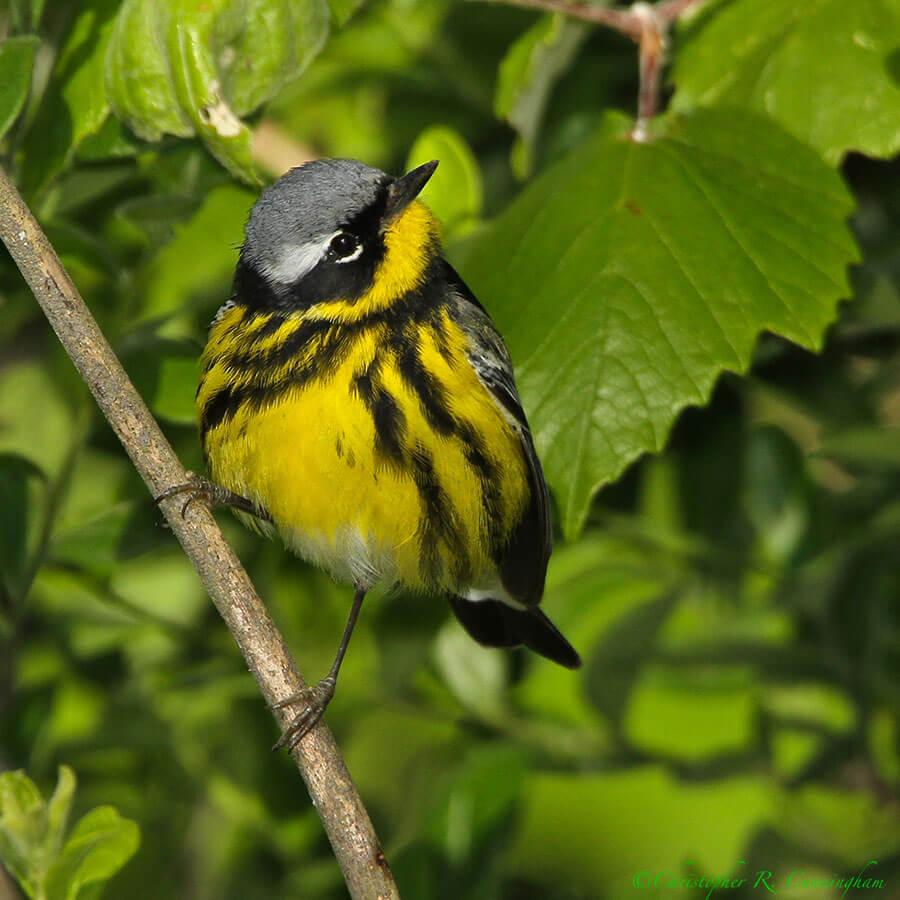“The sun, with all those planets revolving around it and dependent on it, can still ripen a bunch of grapes as if it had nothing else in the universe to do.” –Galileo Galilei
After a slow start, spring migration rallied, and now has begun to taper off. Some highly unusual weather patterns made the first week in May absolutely wonderful for birding, although the birds may have suffered for it. Massive cold fronts brought record-breaking cold and dry weather to Texas (and many other places). Some birds were so exhausted after flying into strong head-winds that they staggered and stumbled through the ground cover devouring every bug they encountered, oblivious to birders standing inches away. Sadly some didn’t survive their epic flight across the Gulf of Mexico: here and there gloriously colored little bodies lay among the leaf litter–a Scarlet Tanager, here, a Magnolia Warbler, there.

Monster rain storms at the end of April soaked the Texas Gulf Coast, clearing allergens from the air. Cool dry weather afterward meant comfortable birding. Cold fronts with dew points in the twenties, however, dried everything out quickly, allowing the air to again fill with pollen and spores leaving many a birder to wipe his or her nose every few minutes–a minor imperfection in otherwise perfect weather.

I spent most of the first weekend in May at Lafitte’s Cove, Galveston Island. At least one major fallout during that time frame meant exceptional birding. There were times when the vegetation was literally hopping with warblers, vireos, orioles, tanagers, grossbeaks, buntings, flycatchers, hummingbirds, thrashers, and thrushes, among others. Flashes of avian color were all around. The warblers were particularly amazing. I noted Blackburnian, Prothonotary, Yellow, Wilson’s, Blue-winged, Common Yellowthroat, Chesnut-sided, Canada, American Redstart, Magnolia, Tennessee, Nashville, Kentucky, Black and White, Worm-eating, Northern Parula, Palm, Ovenbird, Louisiana Waterthrush, and Hooded Warblers–just a few short of 50% of the 49 warbler species that occur in the U.S. Add to that the seven species seen by other birders (and reported to me in the field) in the same time frame, and well over half of U.S. species were observed within this little patch of trees in just a few days.

Of all people on this trip during spring migration, I thought of Sir Isaac Newton, ornithologist. Yes, we can add ornithologist to mathematical and physical genius, ruthless enforcer of government policy, and nutty historian and theologian. Sir Isaac was the first to attribute the structural colors of bird feathers to interference and diffraction (physical optics). And he was the first to really understand the seasons as the result of the precession of the earth’s spin axis due to a gravitational torque exerted by the sun and moon–although his equations needed a little tweaking by later workers. So we owe some of our most basic understandings of two of the most important themes in birdwatching, avian color and the seasons, to Sir Isaac Newton.
Now that the spring migration is ending, I’ll have to start getting back into summer mode–primarily going after wader hunting scenes, one of my favorite subjects, but somehow lacking the glory of the migration. Just the thought and awesome spectacle of hundreds of millions of birds chasing the sun and warmth and exploding insect populations north inspires. I can’t wait for next spring!

Finally, at 11:07 AM on Sunday, May 5th, the shutter on my beloved Canon EOS 7D gave out. 7Ds are rated for 100,000 shutter actuations, which I think I far exceeded. I wasn’t even upset at the camera that died just as a Common Yellowthroat appeared for a drink of water. The 7D is a marvel of technology and among the best values on the planet. I removed the CF card and retired it to a place of honor on the shelf containing my other obsolete or spent camera bodies. I bought a new 7D on the following Monday.

©2013 Christopher R. Cunningham. All rights reserved. No text or images may duplicated or distributed without permission.